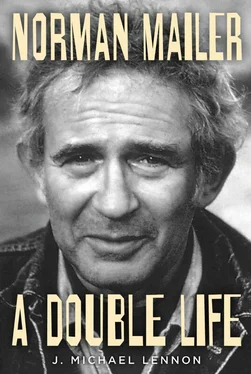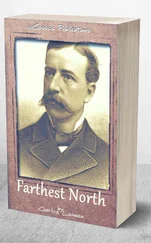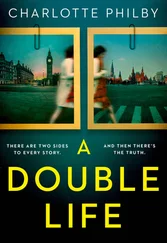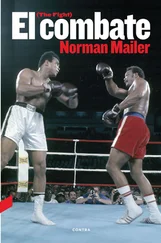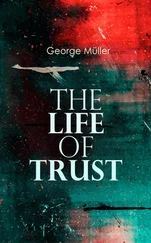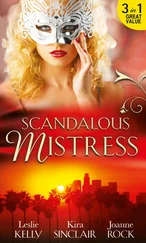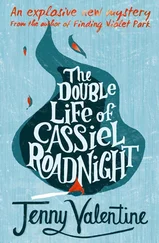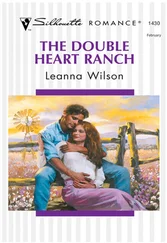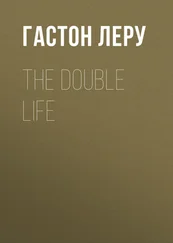The seduction went slowly. The woman’s mother hovered in the kitchen, listening and breaking in on their petting. Finally, one evening after several hours on the couch, it happened. “And now I was a man. And I paid a hell of a price because I didn’t like the girl. I felt for her, but I didn’t like her.” During the course of his visits, he had mentioned his literary interests and she reciprocated by giving him a novel she had written. He read it and saw that she had copied it, word for word, from a recent bestseller by Robert Nathan, Portrait of Jennie , a treacly fantasy. Asked for his opinion of her manuscript at their next meeting, he said, “Robert Nathan couldn’t have done better.” She replied, “Who’s he,” and said it so convincingly that he concluded she was a great actress. “That gave me a sense,” he said, “then limited — much greater now — of the depth of that poor girl’s need.”
The second semester of his sophomore year began well. His grades improved, even in physics; he continued his friendly relationship with Robert Gorham Davis; and he was awarded a $150 scholarship for the term beginning in January, which took some pressure off the family’s finances. He made new non-Jewish friends, and began dating girls from the local colleges. He was also producing longer and more sophisticated stories, most of them revealing the influence of Hemingway. Over the weekend of February 8–9, he wrote a five-thousand-word story, “The Greatest Thing in the World.” The Advocate informed Mailer that the story was a suitable submission for his application, but probably would not be published. Davis also liked the story, saying it was the best he had received all year. Mailer relayed this information home with the announcement, “I simply can’t stand any of my engineering courses,” adding that he would discuss his dissatisfaction when he came home later in the month. But then his hopes dimmed. He wrote home to say that although the Advocate editors liked the story, “they’re a bunch of snobs, and Brooklyn may go against me.” He had reason to believe this; not many Jews had ever been selected for the magazine. Ultimately, however, his raw talent appealed to a majority of the Advocate board, especially those who deplored the cape-and-walking-stick crowd who had long dominated the magazine. Pete Barton led the new faction. (John Crockett and Bowden Broadwater, a “supernova of eccentricity” who later married Mary McCarthy, were the leaders of the aesthetes.) A week later Mailer was invited to be an editor on the magazine.
As was customary, the new associates were told to write and present a sketch at the Advocate House initiation, where heavy drinking was de rigueur. Mailer and George Washington Goethals, one of his new WASP friends, wrote a lewd parody of Hemingway’s latest novel, titled “For Whom the Balls Squall: Farewell to Qualms,” with a cast of four: Goethals as Martha Gets-Horned, David Roberts as Ernie the Hernia Kid, Mailer as I. Ram Soreloins, and John Elliott Jr. as Ariscrofules. The script is lost; only a playbill survives. It lists the players and notes that the play is “a little piece probing into copulation without population, or safety first.” Goethals recalled that he was wearing high heels and a snood and got “horned” with a large sausage wielded by I. Ram Soreloins.
A few days after the April 9 initiation he wrote home with the news that “The Greatest Thing” would be in the lead position in the April magazine. He also reported that he’d written eight thousand words of a “novelette.” The most important news was that “The Greatest Thing” had also been chosen to be submitted to the nationwide college contest sponsored by Story, a magazine of short fiction founded in 1931 by Whit Burnett and his wife, Martha Foley. The magazine published the early work of a number of Mailer’s contemporaries, including J. D. Salinger, Truman Capote, and Joseph Heller. Mailer felt his chances of winning were slight, but was nevertheless happy that his was one of two stories selected out of forty-five submitted by Harvard students. Davis, he learned, was one of the judges, along with two other professors, Mark Schorer and Howard Baker. A week after the April magazine’s publication, an editorial appeared in The Harvard Crimson —Mailer’s first review, in effect — praising the story for having “the emotional conviction of a nightmare.” It ended with an endorsement of the Advocate ’s new direction, realism replacing the “artificialities and the polished sophistications” of the old Advocate. He sent a copy of the editorial home and Fan pasted it in the scrapbook of Harvard memorabilia she proudly kept. “It’s all happening too easy,” he wrote to his parents.
Millie Brower, a friend from Long Branch, read the editorial when she came up for a weekend in early May 1941. Apparently she also read some of his writing because in a letter to her written after her visit, Mailer comments on “The Greatest Thing in the World,” which Millie passed on to a college friend, an editor at a college student newspaper. The friend criticized the story’s grammar and Mailer did not take the criticism well. “Please tell your friend to go take a hot-running fuck,” he wrote, and went on angrily for a full page, calling her “immature” and “a bore.” He links her with Bowden Broadwater, the Pegasus, or literary editor of the Advocate , whose picture had just appeared in a major story on Harvard in Life magazine. “Very cordially dislike him,” he wrote. “He writes very well, and bores me so much I can’t finish his stories. His grammar is perfect.” Mailer’s string of victories was stocking the medicine chest of his psyche with energy and frankness, as well as some angry defensiveness. “The nice Jewish boy from Brooklyn” who he later found to be “absolutely insupportable” would never entirely fade, but at this point he was in decline.
On May 7, he was informed that he had been elected to the Signet Society, which unlike the Advocate , had its own building at 46 Dunster Street. The society’s members, now as then, are chosen on merit, unlike Harvard’s “final clubs,” which selected their members based on family ties and prep school affiliations. For the Signet, members of the college’s various publications were often chosen for some of the twenty-eight seats given to each class. Mailer ate lunches regularly at the society over the next two years and returned several times after graduation for reunions. For his initiation on May 20, he produced a second sketch parodying Hemingway. For this one, he borrowed from a recent Life article on the novelist that was accompanied by Robert Capa photographs of Papa in Sun Valley and Spain. The heavily illustrated, buttery piece notes that Hemingway rewrote some passages in For Whom the Bell Tolls sixty to seventy times “to achieve the precise feeling.” Mailer’s five-minute piece, which he delivered in a borrowed tuxedo, purports to contain excerpts from some of these rewrites; for example: “She was bare and nude and clear and cold and clear and tight and warm and hot, rich inside and richer insider… her breasts were square.” He always had great admiration for Hemingway as writer and man, and some reservations — his snobbery and his anti-intellectualism — but Papa, even after his 1961 suicide, was the measure Mailer used to gauge himself for nearly seventy years.
Good news continued to pour in. As a new Advocate editor, he attended the magazine’s seventy-fifth anniversary dinner on April 10 at the Harvard Club. That night he met Roy E. Larsen, the executive editor of Time , who had read “The Greatest Thing in the World.” He told Mailer he was impressed. Larsen then sent the story to a young editor at Rinehart, Theodore Amussen, who immediately sent his own congratulatory comments. He said he’d like to see more material, especially a novel, and Mailer wrote back saying he’d have one soon. He was working hard on a novella that would eventually be a full-length novel titled “No Percentage.”
Читать дальше
